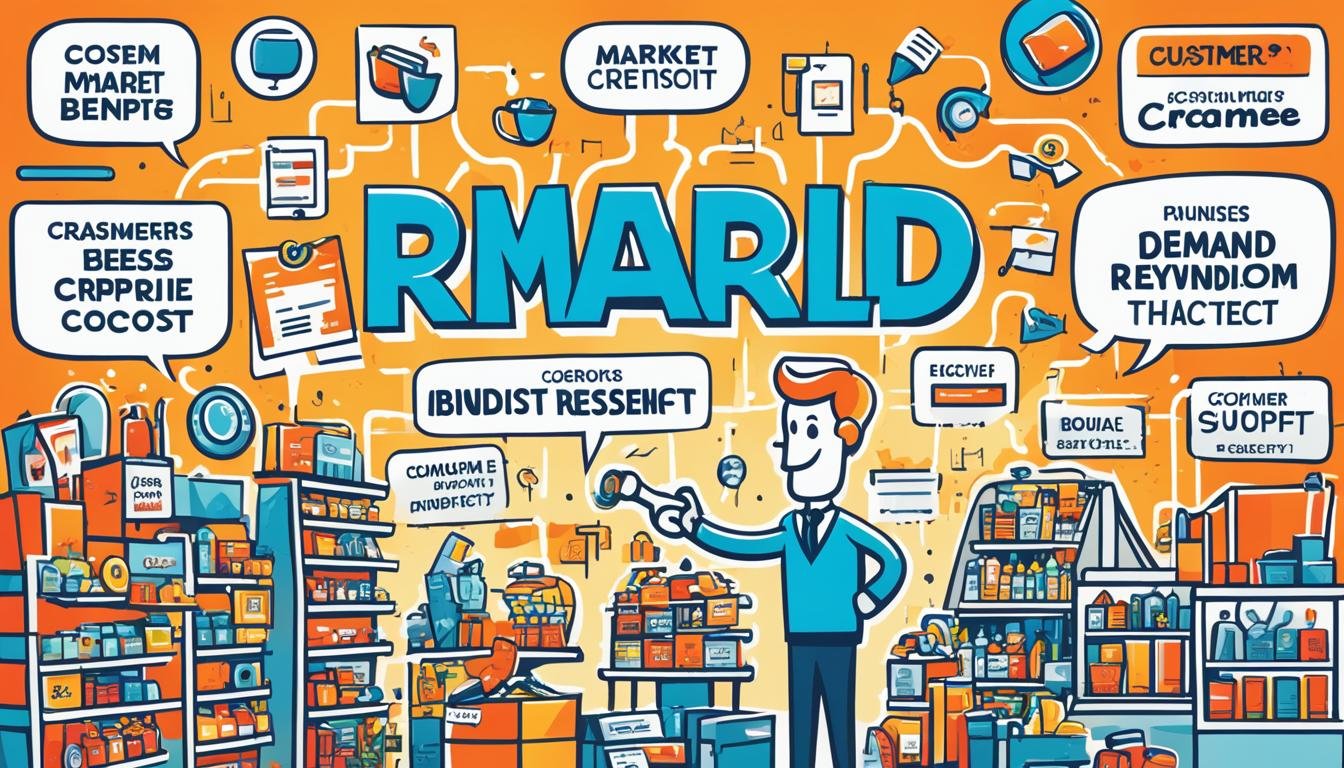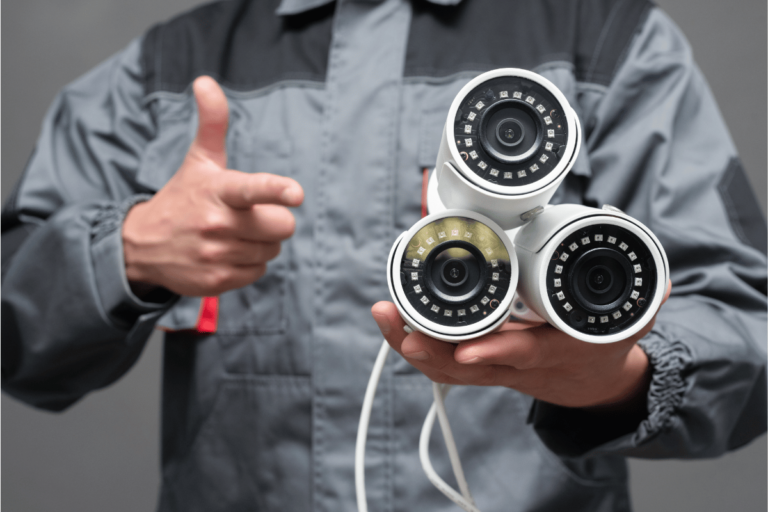Retail Industry: Lessons from Business Theories
The retail world is always changing. Knowing the key business theories helps retailers stay ahead. But what can retailers learn from these theories to succeed today? Let’s look at the top models and find out the secrets to doing well.
From the Wheel of Retailing and Retail Accordion Theory to Conflict Theory and Environmental Evolution Theory, we’ll cover the main frameworks. These theories have shaped the retail industry. By seeing how they work in real life, retailers can better understand what drives change. This helps them improve how they work, making things better for customers, managing supply chains, staying ahead, marketing, being efficient, improving customer experience, using data, and blending online and offline shopping.
Retail Evolution: Theories and Strategies
In the world of retail, experts have come up with theories to grasp the changing patterns and strategies. The Wheel of Retailing and the Retail Accordion theories shed light on how retail changes over time.
The Wheel of Retailing Theory
The Wheel of Retailing Theory says retailers go through three stages. First, they start with low prices but few services. Then, they grow and offer more, but costs go up too. Finally, they face new competitors who offer more for less.
This theory shows the need for a balance in pricing, service, and innovation. Retailers must always adapt to stay ahead and avoid being left behind by market changes.
The Retail Accordion Theory
The Retail Accordion Theory suggests retailers move between offering many products and focusing on specific ones. This movement matches what customers want and helps retailers keep up with changing tastes.
This theory points out the value of focusing on certain products or offering a wide range. Successful retailers adjust their products and strategies to keep up with the market.
These theories help retailers understand the complex retail world. They guide them in making strategies to succeed despite market ups and downs and competition.
“Successful retailers must be adept at navigating the cycle of retail specialization and retail generalization, adapting their product offerings and strategies to remain competitive.”
Cyclic Theories: Patterns and Trends
Retail Life Cycle Theory
The Retail Life Cycle Theory sheds light on how retail changes over time. It shows how new ideas, like department stores or e-commerce, can shake up the market. These new concepts often lead to changes in how we shop.
This theory breaks down into four main stages: introduction, growth, maturity, and decline or renewal. It helps us see how retail changes and evolves. We see how retail format evolution, disruptive innovation, retail maturity, and retail decline affect the industry.
Knowing about the retail life cycle stages helps retailers stay ahead. They can plan better and grab new chances. This theory guides them in making smart choices in a changing market.
“The Retail Life Cycle Theory reflects the general product life cycle, with retail stores, formats, and selling channels going through stages of development, introduction, growth, maturity, and potential decline or renewal.”
Retail Industry: Lessons from Business Theories
The retail industry is always changing, thanks to many business theories and strategies. By learning from retail industry insights and business theory application, retailers can make better decisions. They can also stay ahead with retail innovation and competitive strategies that meet what customers want and market needs.
Michael Porter’s Five Forces model is a key way to look at the retail industry. It looks at five key forces that affect competition: new competitors, supplier power, buyer power, substitutes, and rival competition.
- Threat of new entrants: Things like economies of scale and brand loyalty can make it hard for new competitors to enter.
- Bargaining power of suppliers: Having other suppliers and vertical integration can change how suppliers negotiate with retailers.
- Bargaining power of buyers: Big retail chains and easy switching between stores can make customers more powerful.
- Threat of substitute products: Online shopping and social media can be big threats to traditional retail.
- Intensity of rivalry: High costs and many competitors make the fight for customers intense.
Other retail management theories also shape the industry. The Wheel of Retailing Theory shows retailers move from low-cost entry to trading up and back again. The Retail Accordion Theory says retailers offer general goods, specialist products, and then general goods again as tastes change.
Using these business theories, retailers can plan for the future. They can spot chances for retail innovation and adjust to market changes. This helps them do well in the ever-changing retail world.
“The ability to learn faster than your competitors may be the only sustainable competitive advantage.” – Peter Senge
Non-Cyclic Theories: Adapting to Change
The retail industry faces non-cyclic models that call for constant change and growth. Conflict Theory in Retail and Environmental Evolution Theory highlight how the retail world is always moving. They show the need for retailers to keep up and evolve.
Conflict Theory in Retail
Conflict Theory in Retail says that new and old retail models clash, driving progress and innovation. This clash leads to new retail formats that mix different styles, shaking things up. Retailers must be ready to handle this conflict and adjust their plans to stay ahead.
Environmental Evolution Theory
The Environmental Evolution Theory points out that retailers need to change with their surroundings. This includes things like the economy, what customers want, and competition. The best retailers are those who can quickly adapt to these changes, making their own way instead of just following the market.
By using these non-cyclic theories, retail leaders can create a culture of innovation and flexibility. These are key for doing well in the fast-paced retail world.
“Retail is detail, and the winners in this industry will be those who can most effectively monitor and respond to the constant changes in their microenvironment.”
Conclusion
The retail industry changes a lot because of many factors. Understanding these changes helps retailers make smart choices. They can see what’s coming and come up with new ideas to stay ahead.
Business theories have been key for retailers, especially during tough times like the COVID-19 pandemic. Using data and theories like Contingency Theory helped retailers adjust and do well. By focusing on innovation and strategy, retailers can keep up with changes and serve their customers better.
As the retail industry keeps changing, knowing about business theories is vital. These theories help retailers plan for the future and do well over time. By paying attention to these insights, retailers can make a lasting impact and value for everyone involved.
Source Links
- Theories of Retail Competition Evolution | Study.com
- 3. Theories of retailing, Retail Life Cycle
- Retailing Theories and Formats – Lecture Notes
- theories of retail mgt ppt-5.ppt
- unit 2 Retail Models & Theories of Retail Development.pptx
- Unveiling Time Cycles in the Stock Markets | RoboMarkets Blog
- Business cycle research in marketing: a review and research agenda – Journal of the Academy of Marketing Science
- Retail Challenges & Theories
- Retail Stores | Characteristics, Types & Examples – Lesson | Study.com
- Week 7 retail change theories
- Theories of Retailing – Cyclic and Non-Cyclic Theories – MBA Knowledge Base
- A Contingency Theory Approach to Understanding Small Retail Business Continuity During COVID‐19
- The 11 Most Important Management Theories For Small Business






